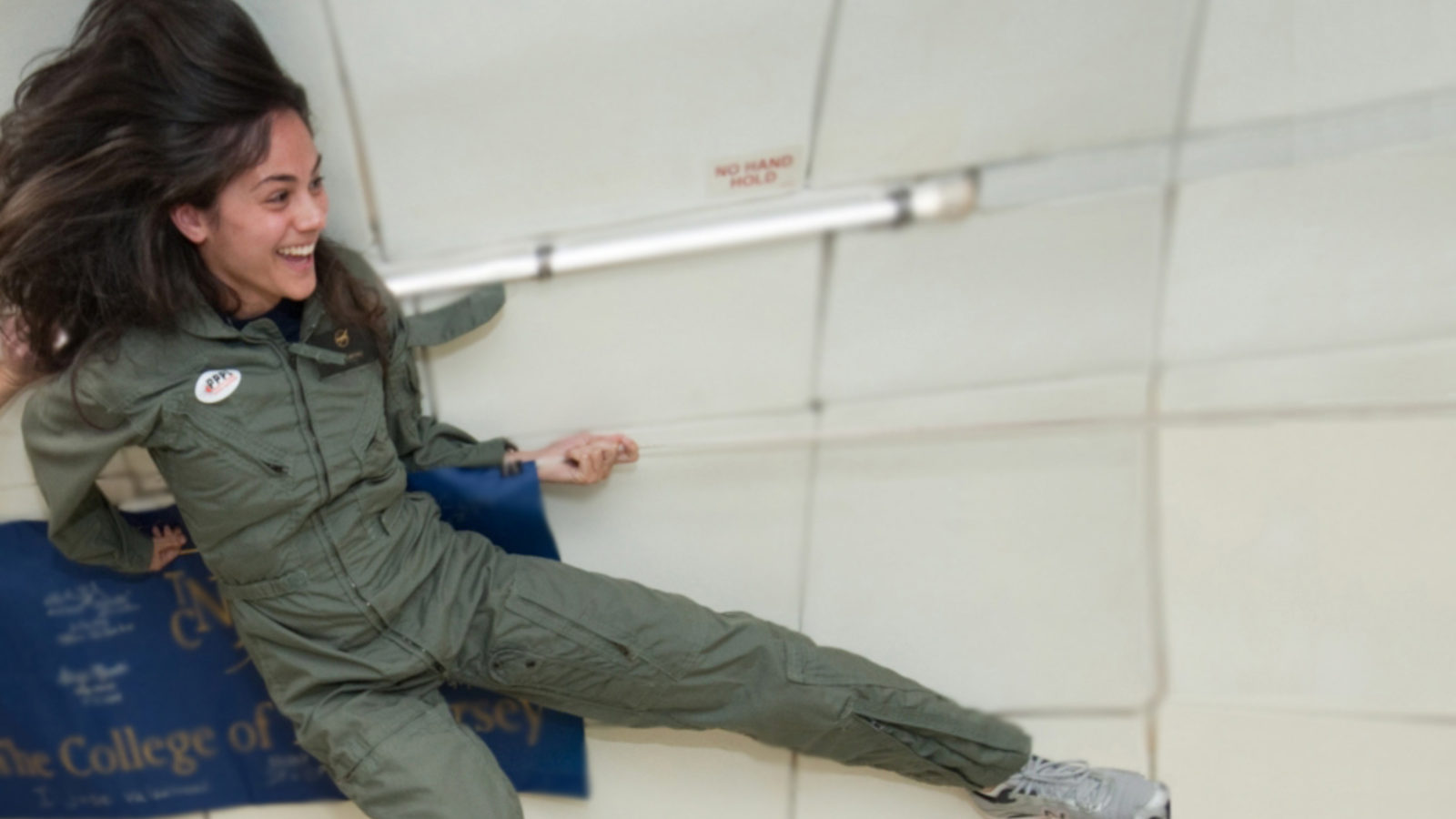Across the US Department of Energy’s national laboratories, field offices and headquarters, thousands of women dedicate their days to science, technology, engineering and mathematics. Now, on a website launched this week, 62 of them share their stories, revealing what prompted them to pursue science careers and how they’ve made a difference in the years since.
Their stories vary, but one constant is the presence of mentors and role models.
Dana Thayer, for example, grew up near Fermilab and was introduced to particle physics at a young age through mentors at the lab’s Saturday morning physics programs. Thayer quickly became enthralled by the field’s huge machines and hasn’t looked back since. She now leads the data acquisition team for SLAC’s Linac Coherent Light Source.
As she started her career, Thayler says, “I learned the most from working with and learning from other people. Good ideas really benefit from different perspectives and the best work is never done in a vacuum.”
Likewise, when Kawtar Hafidi was a young student in Morocco, her father—who himself hadn’t graduated from high school—encouraged her to study science because he felt it would be useful to their country. Hafidi did, and says she loved every minute of it.
Hafidi recounts that one day her teacher asked her why she hadn’t done her math homework problems. “I said, ‘I don't want to.’ He asked me why, and I said, ‘Because I'm afraid they will be finished!’ We didn't have many books at that time,” she says, “so I'd find one book and do just one problem a day, like eating a cake, you know—you don't want to be finished.”
These days, Hafidi has plenty of problems to solve as an experimental physicist at Argonne National Laboratory. There, she studies how quarks and gluons, two fundamental particles, come together to form nucleons and nuclei. “The quest for knowledge and discovery excites me,” she says. “The more we understand, the more we can do.”
Aliya Merali wholeheartedly agrees. As science educator at the Princeton Plasma Physics Laboratory, Merali often calls on her training in plasma research, work on the Cryogenic Dark Matter Search, and NASA collaborations that resulted in several microgravity flights aboard the “Weightless Wonder” (pictured above). In her current role, she coordinates events and activities to encourage students to consider science careers.
“I believe that our country needs to make the STEM fields more accessible to the youth,” she says. “A strong stigma exists about the sciences—we often present them to our students through media and society as fields that only the elite few are capable of. Ultimately, I believe that if we change the way we present the sciences to the youth by highlighting the underrepresented and non-stereotypical members of the STEM fields, the social stigma will deteriorate.”
Read more about Aliya Merali, Kawtar Hafidi, Jana Thayer and 59 other women in STEM on the Department of Energy’s website.







